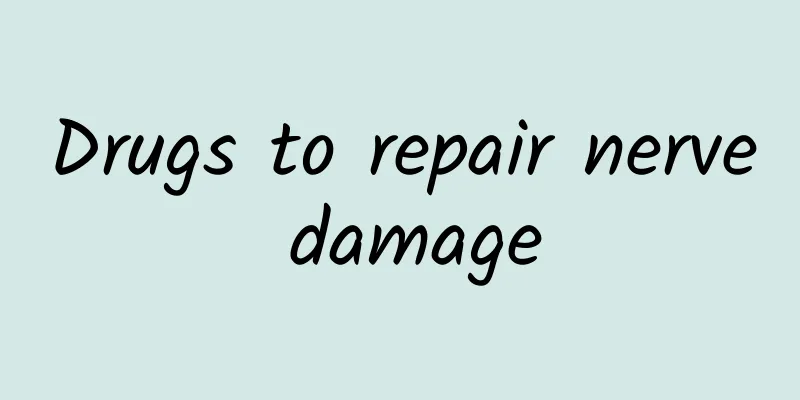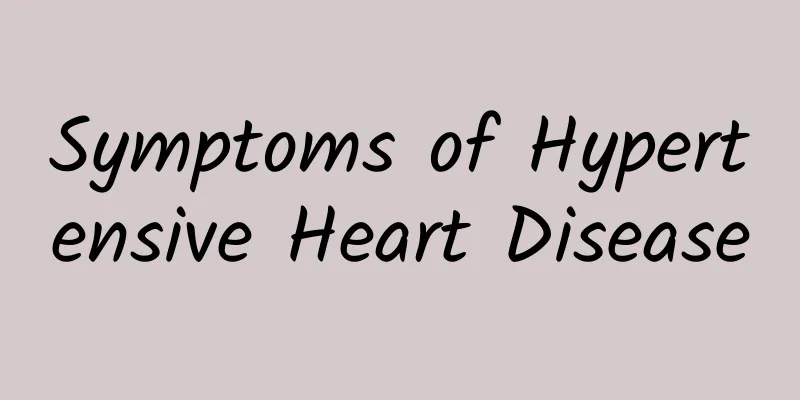Drugs to repair nerve damage

|
There are tens of millions of nerves distributed throughout our body. Nerves are an important system that helps our body react. However, some diseases or injuries can easily cause damage to our nerves. If the damaged nerves cannot recover in time, it will affect our body's ability to respond. Generally speaking, there are many drugs in medicine that can repair nerve damage. What are they? 1. The drug for repairing nerve damage is monosialotetrahexosylganglioside sodium injection 1.1 Dosage and Administration: 20-40 mg per day, as directed by your doctor, injected intramuscularly once or in divided doses, or slowly intravenously. In the acute stage of the disease (especially acute trauma): 100 mg per day, intravenous drip; after 2-3 weeks, change to a maintenance dose of 20-40 mg per day, generally for 6 weeks. For Parkinson's disease, the first dose is 500-1000 mg by intravenous drip; from the second day onwards, 200 mg per day by subcutaneous, intramuscular or intravenous drip, generally for 18 weeks. 1.2. Chemical composition: The main component of this product is monosialotetrahexosylganglioside sodium, and its chemical name is: monosialotetrahexosylganglioside sodium, which is a substance extracted from pig brain and has an effect on nerve cell function damage. 1.3. Adverse reactions: A small number of patients developed rash after using this product and should be advised to stop using it. 1.4. Contraindications: Confirmed allergy to this product; hereditary abnormalities of glucose and lipid metabolism (ganglioside storage disease, such as familial Tay-Sachs disease, retinal degeneration). 2. The drug for repairing nerve damage is cytidine triphosphate disodium injection 2.1 Dosage and Administration: For intramuscular injection, 20 mg at a time, 1 to 2 times a day (20 to 40 mg); for intravenous drip, 20 mg added to 250 ml of 5% glucose injection or normal saline, or 40 mg added to 500 ml of 5% glucose injection or normal saline and slowly dripped intravenously. 2.2. Adverse reactions: Occasionally fever and rash occur, and the symptoms disappear after stopping the drug. A very small number of patients experience transient mild elevation of alanine aminotransferase, which returns to normal after drug discontinuation. This drug has a significant inhibitory effect on the sinoatrial node. 2.3 Contraindications: 2.3.1. It is contraindicated for patients with sick sinus syndrome, sinus node dysfunction, and bradyarrhythmia. 2.3.2. People who are allergic to this product are prohibited from using it. Drugs to repair nerve damage 2.4. Notes: 2.4.1. Intravenous injection is strictly prohibited. 2.4.2. During intravenous infusion, the drip rate should not be too fast, otherwise it will cause excitement, rapid breathing, dizziness, head swelling, chest tightness and low blood pressure. 2.4.3. Use with caution in patients with severe liver or kidney impairment. 2.4.4. Use with caution in patients with epilepsy. 2.4.5. Use with caution in the acute phase of myocardial infarction or cerebral hemorrhage. 2.4.6. It is prohibited to use the drug when its properties change. 3. The drug for repairing nerve damage is tizanidine hydrochloride tablets 3.1. Dosage and Administration: Patients should have a 2-4 week dosage adjustment period for first-time use. The initial dose is 2-4 mg each time, once every 6-8 hours. The single dose should generally not exceed 8 mg, and the daily dose should generally not exceed 24 mg. The maximum dose is 36 mg per day. Because this product has a strong first-pass effect when taken orally, attention should be paid to individualized dosage when using it. 3.2 Contraindications: Patients who are allergic to tizanidine hydrochloride and other components are contraindicated. Concomitant use of tenizadine with fluvoxamine or ciprofloxacin (cytochrome oxidase P4501A2 inhibitors) is contraindicated. Clinical studies have shown that when tizanidine is used simultaneously with fluvoxamine or ciprofloxacin, the pharmacokinetic parameters (area under the curve AUC, elimination half-life t1/2, maximum plasma concentration Cmax, oral bioavailability) are increased, while the plasma clearance rate is decreased. Such pharmacokinetic interactions may result in serious adverse events. |
<<: What to do if your legs hurt due to cold in winter
>>: Put toothpaste on your nose
Recommend
If you break your nose, you can apply green ointment
The nose is a very sensitive area. Many people of...
What causes armpit hypertrophy?
The human body's lymphatic system is spread t...
What are the sequelae of brain trauma? Dizziness and headache are the most common
The sequelae of brain trauma refer to a series of...
What to do if you can't speak due to cerebral hemorrhage
The symptom of being unable to speak after cerebr...
What causes dizziness and diarrhea?
It is actually very common to experience diarrhea...
Can antelope horn reduce fever?
As the name suggests, antelope horns are the horn...
What to do if there is often eye mucus in the eyes
Eye mucus is a common secretion that usually appe...
The efficacy and function of Huoxiang Zhengqi Pills
Huoxiang Zhengqi Pills are actually a medicine in...
Causes of lumbar pain in men
Lumbar pain is a common problem faced by many you...
Vitamin B2 yellow urine
The most common way to supplement vitamin B2 in l...
The efficacy and function of Huai Niuxi
Huai Niu Xi is a relatively common Chinese medici...
Nervous system microcirculation therapy
Speaking of nervous system microcirculation thera...
What are the effects of the traditional Chinese medicine Xianlingpi
Maybe many of us don’t have a clear understanding...
What are the common causes of male urethral discomfort?
Discomfort in the male urethral opening must be t...
So shy! This sensitive little hole actually emits a strange smell
When you just wake up every morning is actually t...









